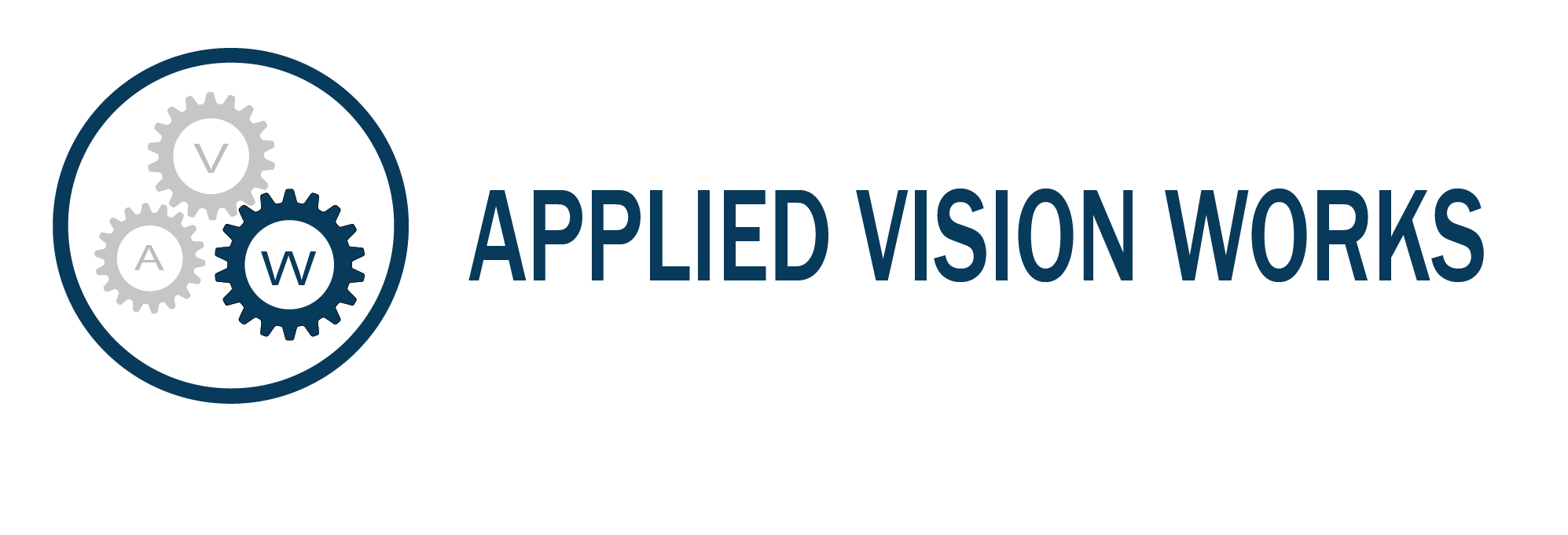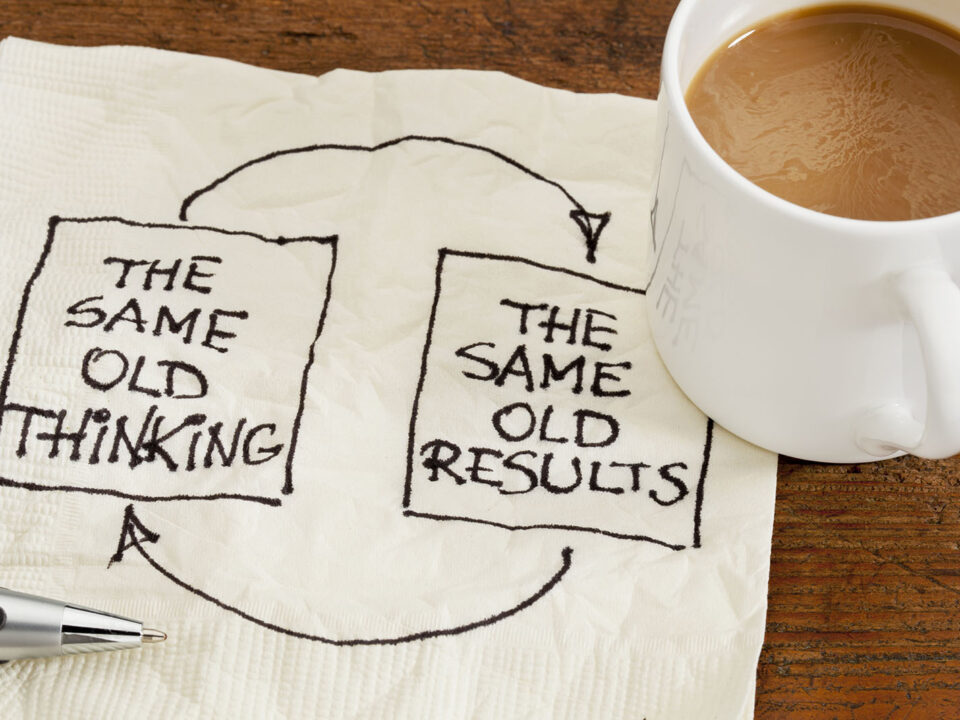Relationship Coaching: Advice on How to Attain Your Goals
The Power of Trust
Overcoming A, B, C Employee Ratings: Response to Wall Street Journal Article from 2/21/07

The Wall Street Journal article is greatly appreciated because it highlights what occurs when an employee rating system is poorly implemented and used in organizations. However, it was an incredibly simplistic perspective. The perspective was that of someone who has only taken a cursory look at this approach, and we see this from newer employees and rookie leaders who have not thought through ratings systems properly in the past. It did not explain how powerful this approach can be if correctly and carefully put in place.
 Over the years, we have assisted organizations implement many systems like this with great success by looking deeper into the reality of individuals, teams and cultures. Understanding the real world allows us to use human nature to everyone’s advantage. Proper implementation of an evaluation system excites employees, and provides them an opportunity for clarity of their current role in relation to growth opportunities.
Over the years, we have assisted organizations implement many systems like this with great success by looking deeper into the reality of individuals, teams and cultures. Understanding the real world allows us to use human nature to everyone’s advantage. Proper implementation of an evaluation system excites employees, and provides them an opportunity for clarity of their current role in relation to growth opportunities.
In an organization, whether or not there is a formal rating system in place, most people in a workplace have a sense of who is working hard, working smart and making a difference. There is also a sense of those who are not engaged, struggling, or being ineffective. Not all these perceptions are correct, however (allowing for some amount of bias), it is amazing how widely these views are held within a team or organization. It is human nature to make decisions based on what we believe is or isn’t working, and who is involved. In many organizations, someone will not engage with those they believe to be a “C” player, but will readily engage who they perceive as an “A” player.
In other words, informal ratings are already in place and it is not possible to stop these “judgments”. However, great leaders pay attention to the perceptions employees have of each other and work to bring people closer together, develop a better understanding and awareness of themselves and others, and bring tangible paths of progress to each person they work with.
Formalizing the ratings can be helpful: many employees are looking for clarity in terms of what they are doing, what is working and not working (where are they appreciated and how can they advance). They desire feedback and they also desire to be able to give their own feedback on the organization. However the rating system is designed, it should be a collaboration of those involved to become better together, and to do it by sharing and developing a deeper and better understanding.
In looking at reality and our decades of experience with employee rating systems, we have found the following to be good antidotes to bad implementation of an employee rating:
- Use self-assessments: when doing the evaluations, having the employee do their own self-assessment as part of the ongoing process is valuable. Sometimes they are harder on themselves than their boss. They also know what is going on in their head and may be better able to verbalize their own path to progress. This allows the progress to be clearly collaborative and get a deeper level of data directly from the employee.
- Let the employee talk first: in an evaluation, instead of the supervisor giving their own perception, let the employee share how they rated themselves and why. This will clue their manager/leader into what is happening and provides important data. They may be closer to reality than the boss. Alternatively, if there is a huge gap in perceptions between the two of them, they can step back and understand the differences before determining a path forward. A good rule of thumb: the employee should not only talk first in most cases, but should generally talk 80% of the time.
- Not everyone belongs: sometimes the hiring process does not match the employee and the organization well. Sometimes the organization and/or the employee changed enough so that there is no longer a good fit between them. Instead of ignoring the issues or being harsh, discussing what is working and what is not, and exploring if they might be happier elsewhere can be a great tool. Then, gracefully finding a way to transition them to a position with better fit or to a different organization is collaborative.
- Review the environment or situation: sometimes people blossom in different environments. Exploring what can be changed about their situation can make a big difference. Having a set time to ask questions each day, being able to flexibly adjust their lunch hour or them choosing a course to take are examples of simple tools.
- Ask about the processes surrounding them: processes sometimes bog people down. Being able to simplify, refocus, or change a process can allow an employee to become a superstar where they previously felt shackled and were under performing.
- Explore what is going on inside the person: self-awareness and maturity are important in this fast moving challenging modern age. In the past “just do your job” might have been appropriate, but today, we need processes, leaders and managers that are capable of helping employees to better understand themselves so they can fully blossom.
- Allow them a chance to give feedback on their boss, the team, and the organization: if they are going to get feedback, it is also valuable and fair for them to be able to give feedback. This information, along with the feedback from other employees, can give the managers, leaders and organization clear direction in terms of what they are doing well and should continue doing, as well as where they need to improve.
- Build their personal vision of their future and tie it to the company vision: this is similar to #6, but is more focused on their picture of where they are trying to go. Many people work and live day to day, task to task, and do not have an overall picture of why they are on the journey. If I am going to Disney World in Orlando, I am much more willing to change a flat tire in the rain with a better attitude than if I do not know where we are going.
- Don’t build a plan; build a map of options: instead of locking someone into a tight path, many employees today want to build capabilities and options. If they feel like they have options, they will work harder to achieve the progress that is both good for them and for the organization.
- Be clear the rating is a snapshot of a moment in time: ratings do have subjectivity. Sometimes a rater’s perceptions are off. Sometimes the employee is having a bad 6 months. People also change over time. The rating is not permanently tattooed on their forehead. Every quarter or semiannually, employees have an opportunity to get a better rating.
- Instead of saying “no”, say “not right now”: instead of telling someone they cannot do it, try to define the conditions under which it might be possible. They may need to develop a skill, it may be a matter of getting more experience or it may be that the timing is not quite right. Discuss what the situation really is, rather than just saying “no” and moving on.
- Let someone take a break: vacation, lunch, and sleep are all important. Sometimes people need a break from learning or being rated. Late last year, I took a break from reading. I felt refreshed after 3 months of that, and have gone back at it with renewed freshness. Sometimes a break from being rated is good also.
- Throw out the rating system and find a better way: don’t just pull the system, find a better way…. Sports teams have not found a better way, but perhaps you can. Challenge your team to come up with a fair direct and powerful way to get progress on both results and sustainability of your success. One element that is necessary is direct communication.
- If using ABC ratings: challenge A’s with tough stuff, teach and encourage B’s, put a time limit on C’s. Don’t just rate them and move on. The right system brings clarity of what actions an employee can take to move up. Without that, you may be clear, but you may also take away hope of a better future and lose the employee.
- Call it something else: don’t call it the A,B,C system. Many organizations will highlight “heroes” and at the same time have people on a PIP (Performance Improvement Plan). Any idea who the “A”s and “C”s are here? Sometimes using a different name can soften this and keep these types of judgments from seeming so harsh.
- As their supervisor, leader, or manager, don’t assume you know it all: you do not necessarily know what is going on in their head or heart. You may think you do, but regardless, ask them and understand them before you leap in with the answer. Allow them the opportunity to bring answers to the table.
- Be flexible with your perspective: allow your opinion to change over time. Don’t anchor with what you thought about them before you got the new data. People can and do change over time. Allow them to get better and do not keep them pinned down with a past that prevents them from improving.
- Don’t sit back: decide by collaborating with the employee how they can enjoy their current position and get better results. Set clear goals and have clear action plans with a process of accountability that you both follow.
- Choose 2-3 SMAART actions: for the discussion to be a valuable collaboration, the two of you should agree on 2-3 actions that are specific, measurable, agreed upon, attainable, reasonable/relevant and have clear time frame. That clarity of next steps is healthy for both the manager and the employee.
The bottom line is that every high performing organization has some way of sorting and rewarding those that are succeeding at a high level from those that just are not making it happen. Sports teams around the globe do it all the time; they keep score not just in terms of the game, but have myriads of statistics about the players. This makes the game more fun and allows better decisions to be made by everyone.
Your organization does need to rate people. No system is perfect, but one that works will:
- Provide a clear actionable path for everyone for progress.
- Make playing the game more fun for everyone in your culture.
- Become an additional powerful interaction on the path of collaboration.
If you are challenged by any of these issues or the many symptoms that can develop from faulty implementation (or not having any system of feedback!), call Don Hadley at 919-368-9008 or email us at info@appliedvisionworks.com.






